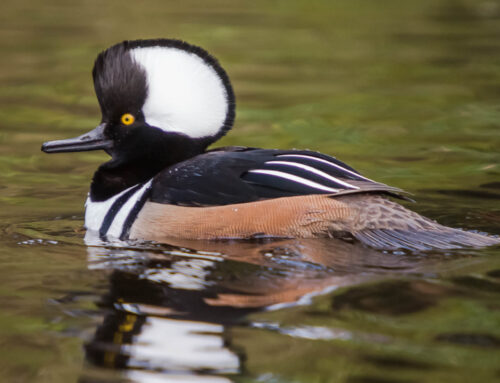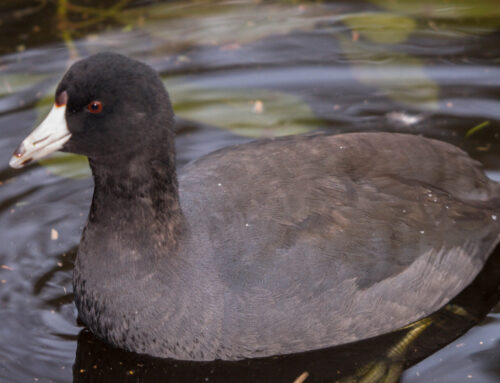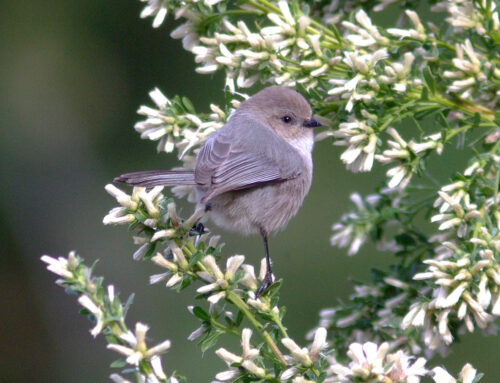Common Name
Barred Owl
Species Name
Strix varia

©2006 Don Enright
Appearance
43-50 cm length | 99-110 cm wingspan | 470-1050 g weight
Adults are overall spotted brown and white. Horizontal bars of white and brown can be found on the wings and tail, as well as the breast, while vertical bars of brown can be found on the white belly. Barred Owls have dark eyes, a large round head, and a yellowish bill.
The call of the Barred Owl is distinct in that it sounds like the phrase “Who cooks for you?”.
Habitat / Behaviour
Carnivore | Woodlands, coniferous forests | Lives up to 26 years
Lives in mixed woodlands including coniferous forests, near lakes, swamps, marshes and streams. They do not migrate and are nocturnal, however they may sometimes be spotted during the day.
Barred Owls usually hunt during the night or after dusk, and hunt by patiently waiting for prey on an elevated perch, either above the ground or water. They have excellent eyesight and hearing and can swiftly pounce on various prey including various small mammals, insects, spiders, birds, fish, amphibians, invertebrates, and reptiles.
Breeding
Monogamous | No nest | 1-5 white eggs | 1 set of young per year
Eggs are laid in broken branches and cavities of trees, or in abandoned stick nests made by various other species. Not much is added by the Barred Owls to the existing nest sites, however vegetation or feathers may be added to old stick nests.
It is unknown whether the male or female chooses the nest site, but it is likely that these pairs mate for life. Barred Owls are territorial year-round, especially during nesting season.






